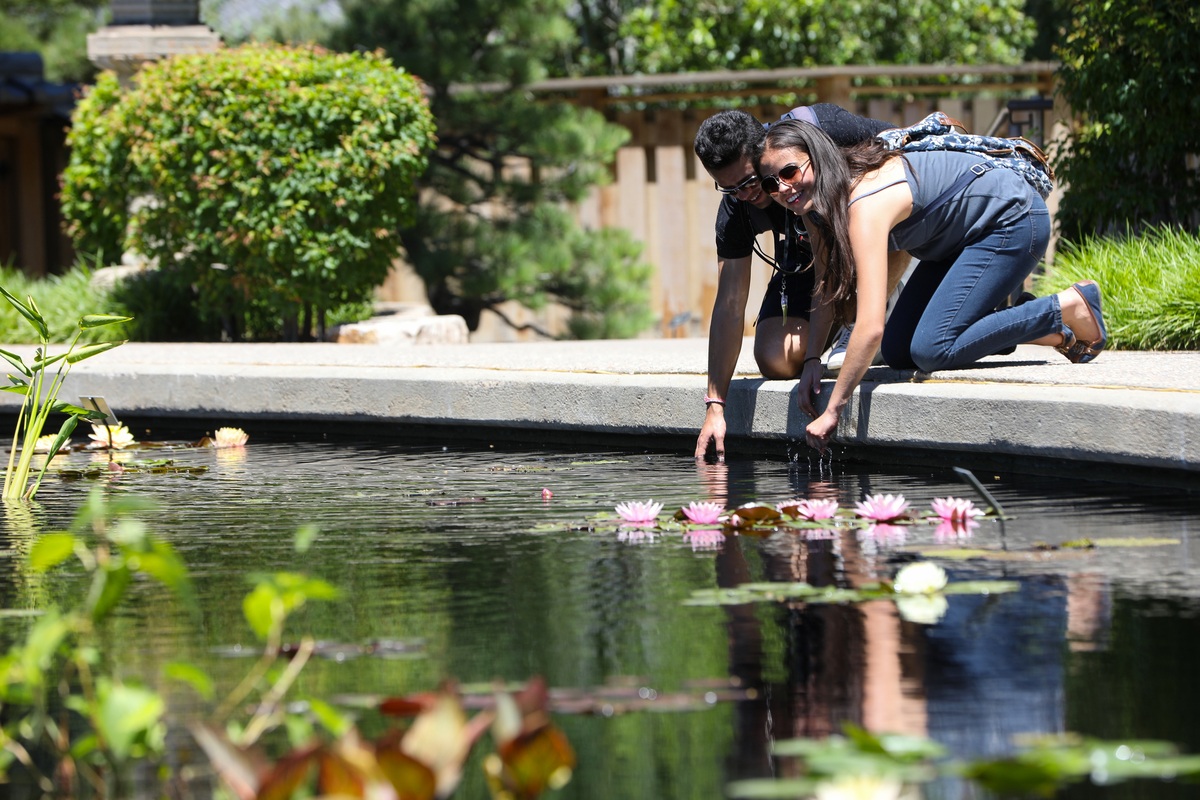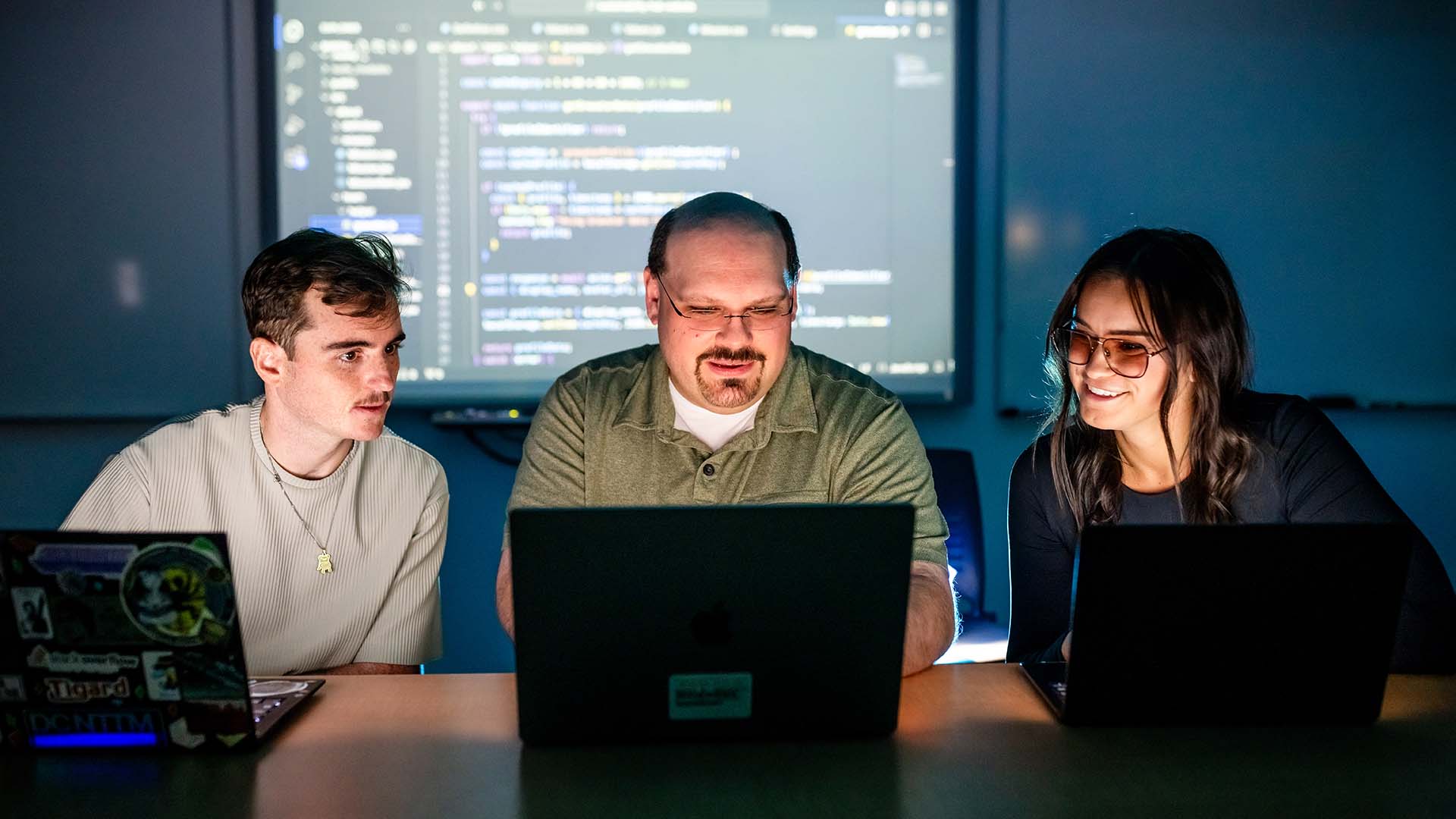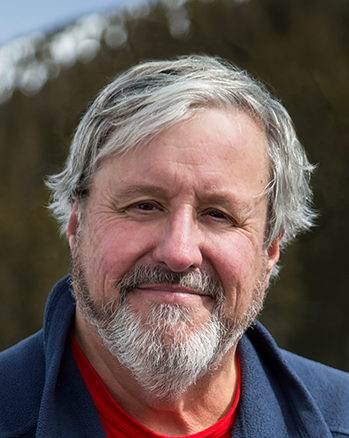Ripple effect
Denver’s urban university and botanic garden team up to make an even bigger impact on water issues in Colorado.

The next time you’re sitting in traffic on Interstate 25 (this afternoon, probably), consider this: Colorado’s population is expected to grow by 1.5 million by 2030. And that doesn’t just mean more traffic. It means more pressure on the state’s scarcest natural resource – water.
Between the population boom and rising global temperatures, the imagination doesn’t need to wander far to see what the future of Colorado might look like. Hint: If you thought lawn-watering restrictions were bad, how about living in a world like the one imagined in the movie “Mad Max: Fury Road”?

Thankfully, there are people and organizations teaming up to tackle water issues in the state. This past spring, the Denver Botanic Gardens and the One World One Water Center at Metropolitan State University of Denver signed a partnership that will have long-term implications for the future of water education and stewardship in the Centennial State.
“Both organizations were already pursuing similar objectives,” says Jennifer Riley-Chetwynd, director of marketing and social responsibility for the Denver Botanic Gardens. “By joining forces, we can do so much more and have a bigger reach for our work.”
The plan includes stronger collaboration between MSU Denver professors and Botanic Gardens scientists, shared research projects and the pursuit of joint funding. Wherever possible, the aim is to involve students. The end goal, Riley-Chetwynd says, is to make an even bigger impact on watershed restoration and health.

As part of the agreement, Riley-Chetwynd also becomes co-director of the OWOW Center in addition to her work at the Botanic Gardens, helping to further unite the organizations. She already serves as an affiliate faculty member in the Journalism and Technical Communication Department at MSU Denver.
For Tom Cech, co-director of the OWOW Center, the partnership will help better educate future water leaders and stewards. “Our goal has always been to raise awareness of current water challenges and opportunities both in the Colorado community and among our students,” he says. “This partnership amplifies those efforts.”
While MSU Denver students have interned at the Botanic Gardens, Cech sees increased opportunities in light of the new agreement. He also imagines more events like the recent Shed ’17 water summit, co-hosted by the organizations June 29 at the Gardens.

The event brought together nearly 200 leaders from across the state and country to discuss water challenges and co-create solutions. Topics at the conference included the importance of watershed health and outdoor recreation, agriculture’s role in Colorado’s water future, and the evolution of conservation. The keynote speaker for the event was Mike Nelson, chief meteorologist at Denver7, who spoke about climate change.
Another distinctive feature of the agreement is the development of a co-branded logo, which will appear at water-related events, an aspect that Deputy Provost Sandra Haynes describes as “unique.”
“It is a testament to the breadth and depth of this collaboration between two of Denver’s most recognized institutions,” she says.

Haynes hopes the partnership will also provide more exposure for innovative university programs such as the water studies and urban agriculture minors.
This partnership comes at an important time in state history, Riley-Chetwynd says. A statewide water plan released in 2015 creates a roadmap for the future of water in Colorado. One of the main principles is removing silos to ensure that diverse groups are working efficiently and effectively.
“We need to work together to answer questions about how to deal with our population growth, where our water will come from and how we will keep urban communities viable without endangering our environment,” she says. “No one group can do all of that alone. It’s the only way forward if we’re going to make Colorado’s future sustainable.”
If all goes according to plan, the only “Fury Road” in Colorado will be I-25, particularly during rush hour.
Catch an artist-led response to these issues in “Water Line: A Creative Exchange” at MSU Denver’s Center for Visual Art Aug. 4-Oct. 21, 2017.







